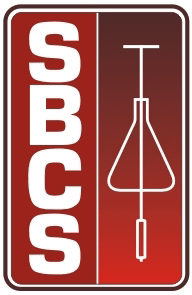The movement of nitrate in soil percolate was evaluated in a field experiment using a Typic Hapludox cultivated with sugarcane and amended with urban compost waste or inorganic fertilizer. The experiment, conducted during the years of 1996/97 and 1997/98, had the following treatments: lime + inorganic fertilization, and control and urban compost waste applied in three levels: 20, 40 and 60 Mg ha-1 (dry weight basis). In the second year (1997/98), the urban compost waste was applied to soil in three levels: 24, 48 and 72 Mg ha-1. The results showed an increased nitrate level in the soil percolate at the 0.3, 0.6 and 0.9 m soil depth as a result of inorganic fertilization and compost waste disposal. Nitrate losses evaluated in the 0-0.9 m soil depth showed pollution potential risks either for the inorganic fertilizer or the compost. In the compost treatments, there was an increase in soil organic N at the soil surface and also in the N-NO3- and N-NH4+ levels at the 0.9-1.2 m soil depth. Annual rates of 24 Mg ha-1 (305 kg ha-1 of total N) did not show evidences of causing any groundwater pollution, according to the values established by the World Health Organization. The risks due to nitrate percolation must be considered when planning rate and frequency of application of this waste to soil, to avoid the possibility of nitrate groundwater pollution. In this case, the soil and soil solution monitoring play fundamental roles in preventing this type of pollution.
pollution; nitrogen; groundwater
